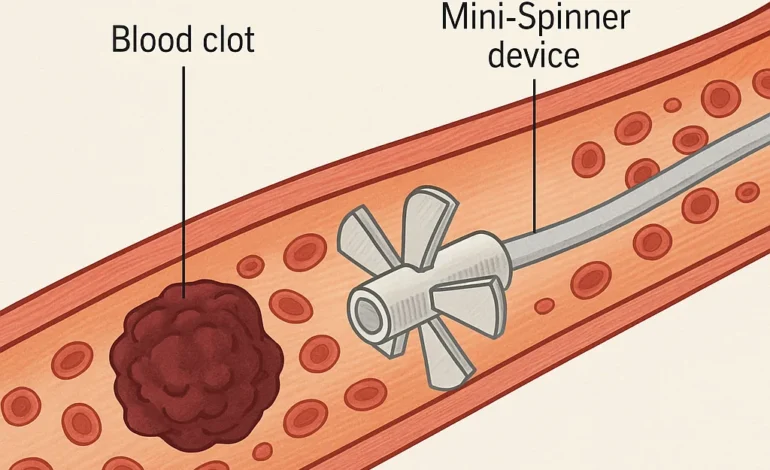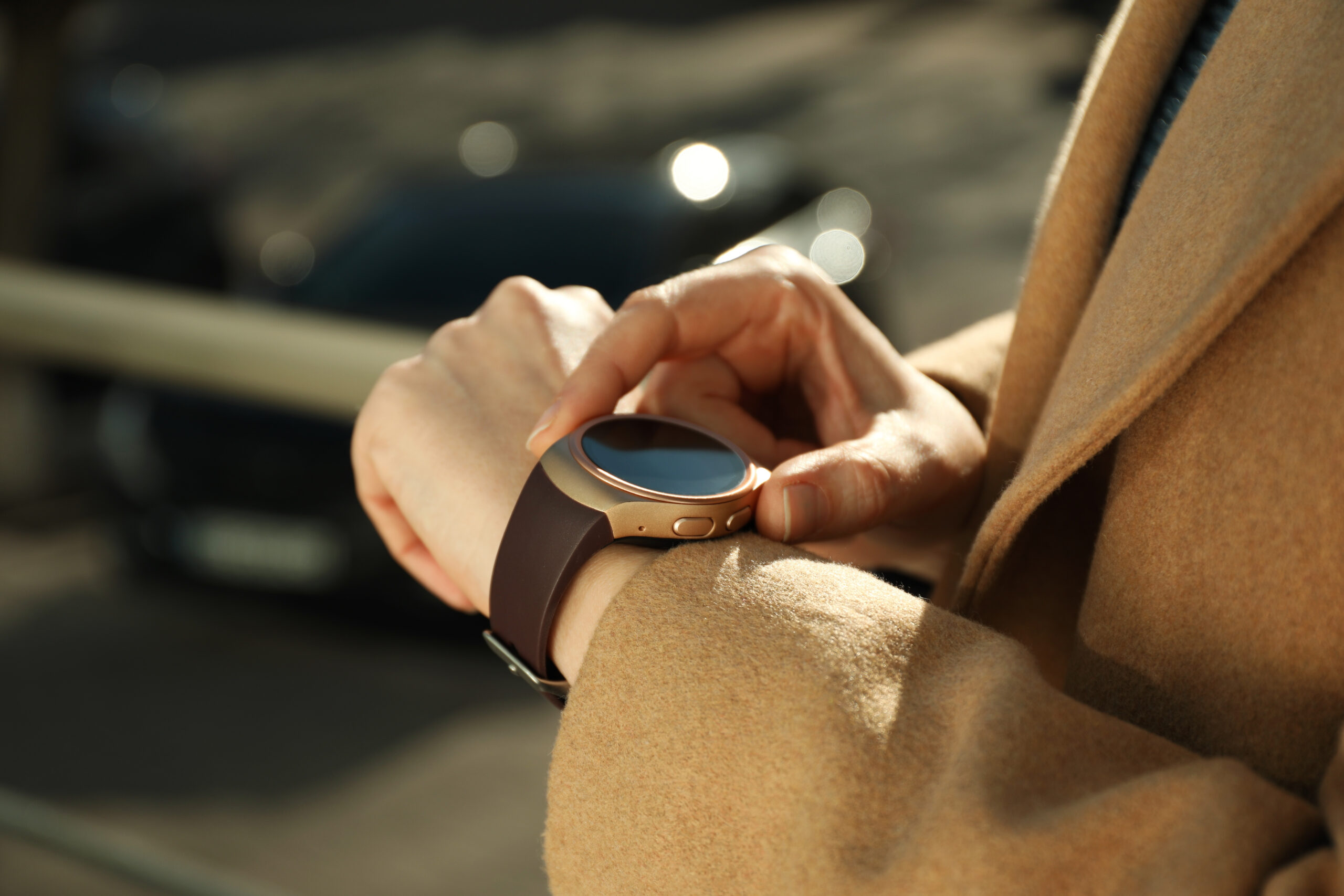This Tiny Device Could Shred Clots and Save Lives: The Next Frontier in Stroke Treatment
I’ve written about plenty of promising health tech over the years — wearables, AI-driven diagnostics, telemedicine tools. But every now and then, a device comes along that isn’t just innovative

I’ve written about plenty of promising health tech over the years — wearables, AI-driven diagnostics, telemedicine tools. But every now and then, a device comes along that isn’t just innovative — it’s game-changing. The Milli-Spinner clot-shredding thrombectomy device is one of those rare inventions.
It’s smaller than a pencil tip, fast as lightning, and it’s designed to do one thing:
Destroy life-threatening blood clots inside the brain before they destroy you.
This miniature marvel, developed by engineers and neurosurgeons at Stanford, isn’t science fiction. It’s very real, and it could radically shift how we treat strokes and other deadly vascular blockages — especially in places where traditional surgery or access to large hospitals isn’t an option.
The Stroke Problem: Every Second Counts
Stroke is the second leading cause of death worldwide and a top cause of long-term disability. The most common type — ischemic stroke — happens when a blood clot blocks oxygen-rich blood from reaching the brain. Without immediate treatment, brain cells begin to die… within minutes.
The gold standard of treatment right now is thrombectomy — using a catheter to physically remove the clot. But here’s the catch:
- It requires highly skilled surgeons
- It needs specialized imaging
- It’s often limited to major hospitals in urban centers
In rural towns, low-resource countries, or conflict zones, those options don’t exist. And in stroke care, the difference between 30 minutes and 3 hours can mean the difference between walking out of a hospital and never speaking again.
Enter the Milli-Spinner: A Clot-Shredding Power Tool the Size of a Thread
The Milli-Spinner clot-shredding thrombectomy device is a minuscule, wire-like surgical tool that spins inside blood vessels to break up clots in real time. Imagine a drill the size of a strand of hair — carefully guided through arteries to reach a blockage and pulverize it without the need for major open surgery.
Here’s what makes it revolutionary:
- Minimally invasive
- Mechanically powered — less dependent on large surgical teams
- Capable of targeting deep brain vessels
- Designed to work in narrow, delicate arteries where other tools often fail
And because it’s built on the same low-cost, high-efficiency philosophy as Stanford’s original Milli-Spinner platform, the potential to scale and deploy this tool worldwide is real.
Why This Changes the Game — Especially for the Underserved
Let’s talk impact. Right now, stroke survival largely depends on where you live. If you’re in New York or London, your chances are decent. But if you’re in a remote village in South Asia, a rural town in the U.S., or a crowded urban area in Africa without stroke-trained neurosurgeons, your options narrow dramatically.
This is about healthcare inequality — plain and simple. The Milli-Spinner thrombectomy device isn’t just about innovation; it’s about democratizing access to life-saving treatment.
- In field hospitals or mobile stroke units, this device could be deployed with minimal infrastructure
- In countries where surgical training is limited, it could enable faster intervention with smaller teams
- In emergency scenarios where transfer to a stroke center isn’t possible, it might be the only chance a patient gets
And it’s not just about strokes.
Beyond the Brain: A New Weapon Against Deadly Clots
The clot-shredding capabilities of the Milli-Spinner could one day be used to treat:
- Pulmonary embolisms (clots in the lungs)
- Deep vein thrombosis (DVT)
- Heart attacks caused by coronary artery blockages
- Retinal vein occlusions that threaten sight
We’re talking about a universal tool — one that could shift emergency medicine across multiple specialties.
A Hopeful Future in a Hair-Width Wire
It’s humbling, isn’t it? That something so small could carry so much power. In an age of AI, massive machines, and $100,000 surgical robots, the Milli-Spinner reminds us that size doesn’t define strength — or impact.
We’re looking at the future of stroke treatment that doesn’t just belong in elite hospitals. It belongs in every ambulance, every rural clinic, every corner of the globe.
And honestly? That gives me hope.
The Takeaway
The Milli-Spinner clot-shredding device isn’t just a new tool. It’s a symbol of where medicine is headed — toward faster, smarter, and more inclusive care.
So the next time you hear the words “minimally invasive” or “breakthrough device,” don’t just think about wires and gears. Think about the lives — the grandparents, the young parents, the stroke survivors — that might walk away from what used to be a death sentence.
Sometimes, the biggest miracles come in the smallest packages.
By Ravoke News Desk for Ravoke.com








